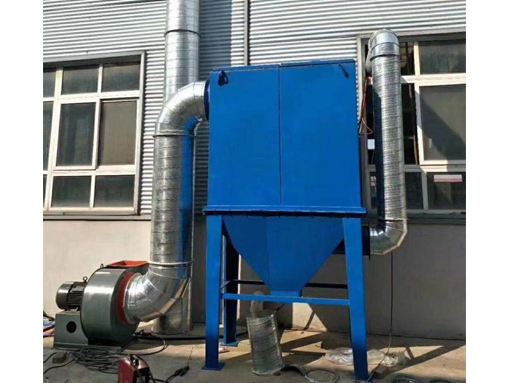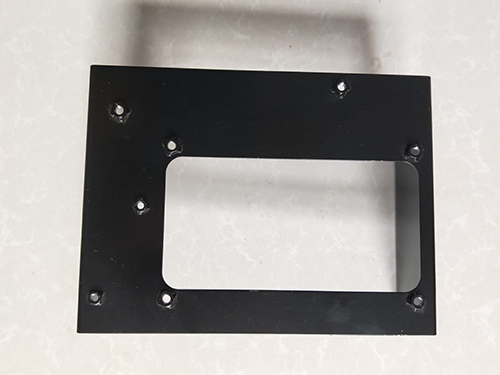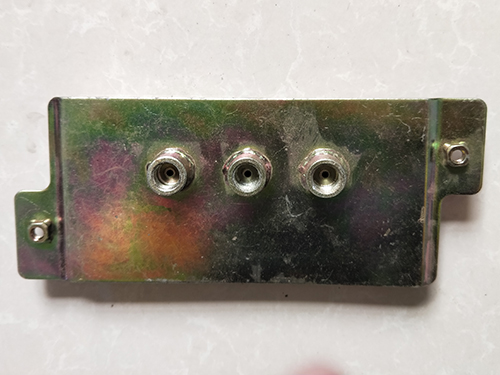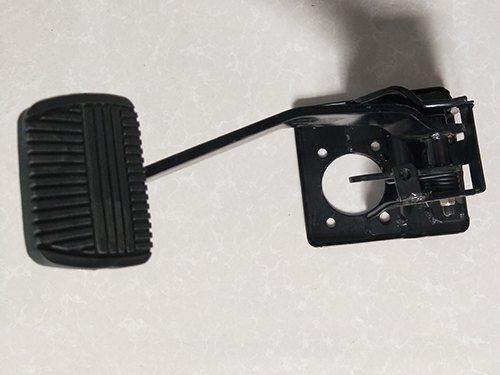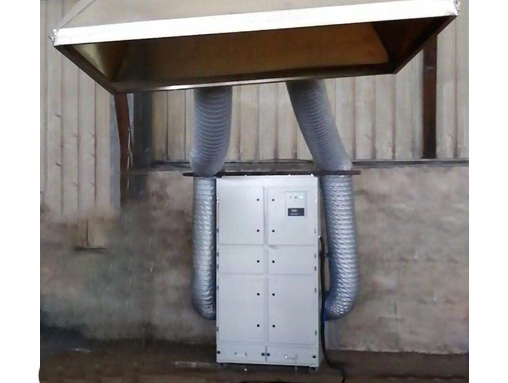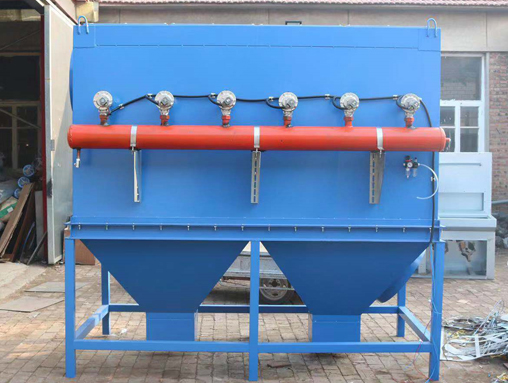The process and manufacturing technology of stamping process for stamping parts
The process of stamping technology is related to the design of the mold, and the good structural design of the mold provides the stamping process. Usually automotive metal stamping parts; Changes to the stamping process can cause adverse phenomena such as mold scrap or rework. Due to the existence of differences, there are diverse options for the production of parts to choose from. Automotive stamping parts; In the manufacturing process, the process needs to be combined with relevant principles such as production, technicality, economy, etc. The selection of parts should be completed according to relevant requirements, so that the parts that meet the requirements can be combined with good manufacturing processes to present economic effects and technological creation effects. Therefore, it is important to analyze the process of automotive stamping parts.
1. Analyze stamping parts
The basis for analyzing and formulating stamping process plans is the product part drawing. Therefore, when analyzing and designing the stamping process, it is necessary to start from the part drawing, mainly considering the economic and technical aspects of the stamping part drawing.
1.1 Economy
The application of stamping processing is quite extensive, and this process is easy to operate with high productivity. In stamping processing, its economy is impacted by the high cost of molds, which affects the production batch. The processing cost of batch and stamping single pieces is inversely proportional, and the smaller the batch, the higher the cost. Therefore, if the production of parts is limited, it is more economical to produce them through other methods. Therefore, in the production of stamping parts, the production schedule should be combined to achieve greater economic efficiency in the manufacturing of stamping processes.
1.2 Craftsmanship
The manufacturing process of stamped parts reflects the difficulty of the parts. From a process perspective, it mainly analyzes precision, material properties, dimensions, etc. The basic requirements should comply with the stamping process. In addition, the good embodiment of craftsmanship lies in its easy operation, fewer processes, stable quality, and low material consumption. In general, stamping parts will affect the stamping process in terms of structure and accuracy. If the part has poor processability, the part drawing should be appropriately modified to ensure processability.
2 Stamping process
2.1 Basic stamping process
The processes of flanging, cutting, punching, etc. are more common in the stamping process. Each process has its own characteristics, and the differences are significant. For the holes in flat parts, the main processes include cutting, cutting, and punching, while for open cylindrical parts, the deep drawing process should be included. For specific parts, relevant calculations and analysis are required to determine the nature of the process. The stamping parts of the oil seal outer clamping ring and inner clamping ring have differences in outer diameter and straight edge height. After calculation and analysis, the stamping process of the outer clamping ring includes flanging, deep drawing, cutting, and punching, while the inner clamping ring only needs to remove the deep drawing process.
2.2 Determine the number of stamping cycles
The stamping frequency mainly refers to the number of repetitions of the same process. If it is a deep drawing process, the number of deep drawing times can be determined by calculating the shape, characteristics, etc. of the material; The flanging process can be determined by calculating the degree of deformation and size of the material to determine the number of steps. To appropriately reduce the number of processes and leverage the plastic characteristics of materials, the sequence of processes should be arranged reasonably based on the quality of the processes.
2.3 Process combination
The manufacturing of metal stamping parts can generate multiple processes, so when setting the process plan, attention should be paid to the combination of processes, which can be a single process or a combination of multiple processes. The factors such as precision, size, and production batch size of stamped parts are related to the selection of molds. If the production has a large-scale nature, the stamping process should be combined and implemented, and composite or continuous die stamping should be selected; For small-scale production, simple process molds should be selected. If the size of the stamped part is too small, using a single process will reduce productivity and be inconvenient, so composite or continuous die stamping should be selected.
Raw material properties of metal stamping parts
1. Chemical analysis, metallographic examination
Analyze the content of chemical elements in the material, determine the grain size level and uniformity of the material, evaluate the level of free carbides, banded structures, and non-metallic inclusions in the material, and inspect defects such as shrinkage and porosity.
2. Material inspection
The main materials for stamping parts are hot-rolled or cold-rolled metal plates and strips. The raw materials for metal stamping parts should have quality certificates and meet the specified technical requirements. When there is no quality certificate or for other reasons, the metal stamping parts factory can choose raw materials for re inspection as needed.
3. Forming performance test
Conduct bending tests and cupping tests on materials to determine their work hardening index and plastic strain ratio. In addition, regarding the testing method for steel plate formability, it can be carried out according to the regulations for thin steel plate formability and testing methods.
4. Hardness testing
The hardness testing of automotive stamping parts adopts Rockwell hardness tester. Small stamping parts with complex shapes can be tested using other testing instruments.
Principles for selecting metal stamping oil
1. Silicon steel plate: Silicon steel plate is a material that is relatively easy to punch and cut. Generally, in order to ensure the ease of cleaning of the finished workpiece, low viscosity stamping oil is used on the premise of preventing the generation of punching burrs.
2. Carbon steel plate: Carbon steel plate is mainly used for low precision processing such as protective plates for some mechanical equipment with low process requirements. Therefore, when selecting stamping oil, the viscosity of the stretching oil should be the first thing to pay attention to.
3. Galvanized steel plate: Galvanized steel plate is a welded steel plate with a hot-dip or electroplated galvanized layer on the surface. Due to the chemical reaction with chlorine based additives, attention should be paid to the possibility of white rust when using chlorine based stamping oil.
4. Copper and aluminum alloy plates: Due to the good ductility of copper and aluminum, stamping oil containing oil-based agents and good sliding properties can be selected when choosing stamping oil. Avoid using stamping oil containing chlorine additives, otherwise the stamping oil will corrode and cause discoloration on its surface.
5. Stainless steel: Stainless steel is a material that is prone to work hardening and requires the use of stretching oil with oil film and good sintering resistance. Generally, stamping oil containing sulfur chlorine composite additives is used to avoid problems such as burrs and fractures on the workpiece while maintaining extreme pressure processing performance.
